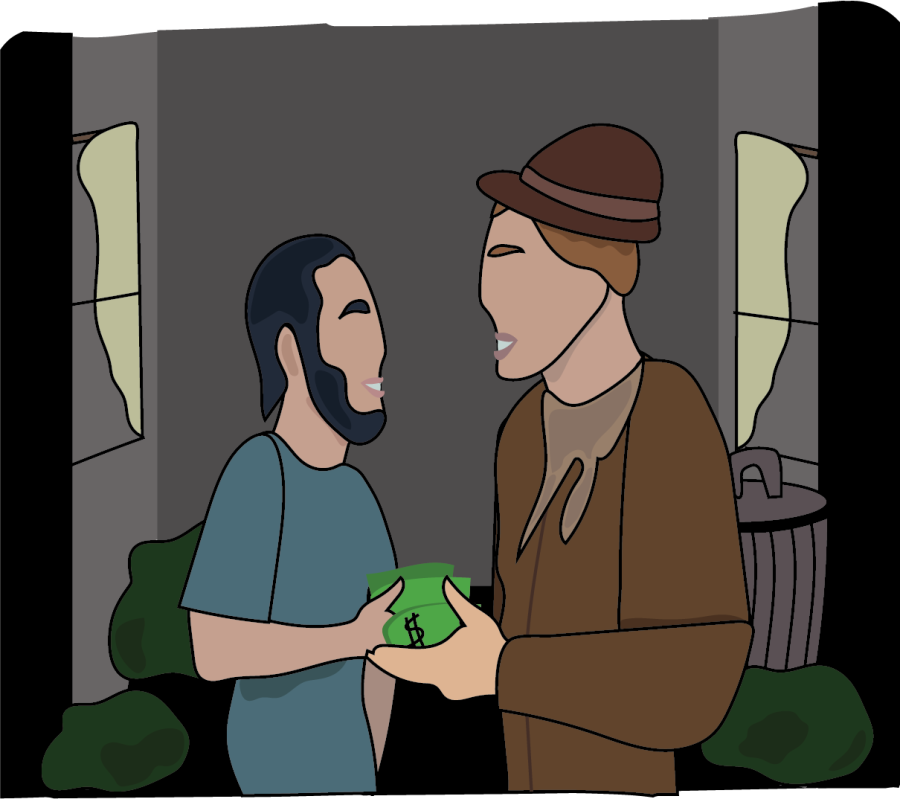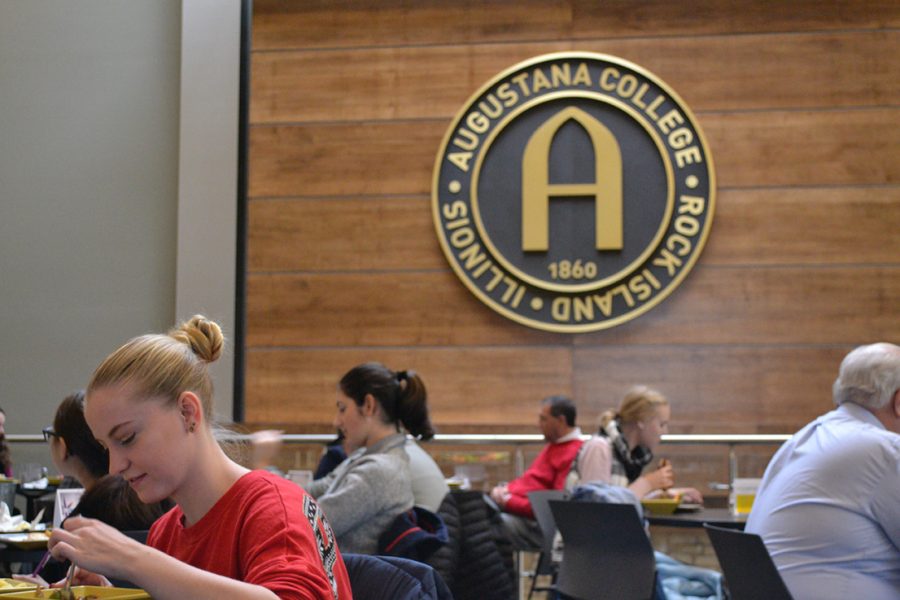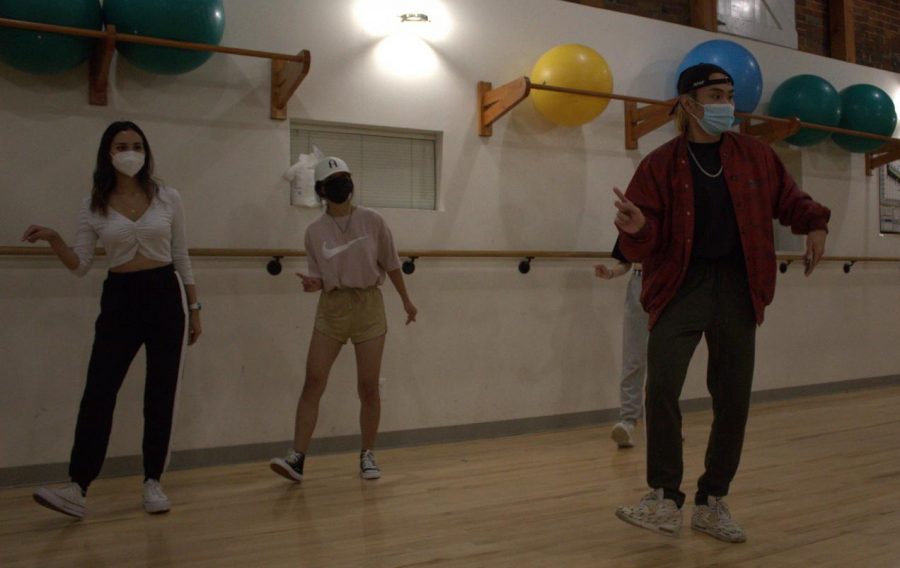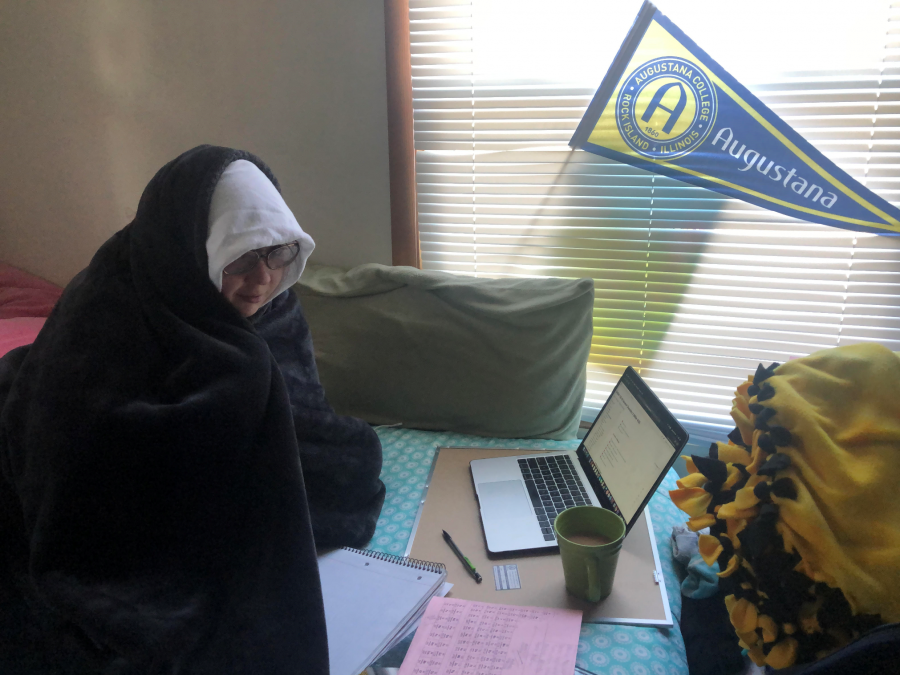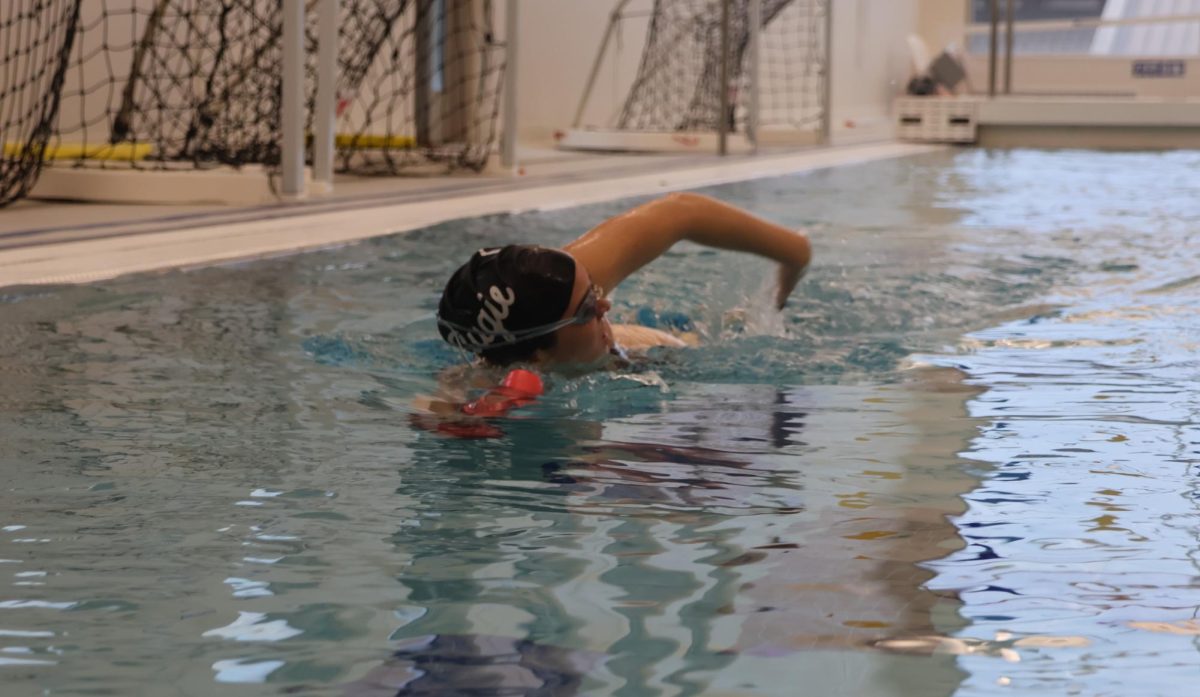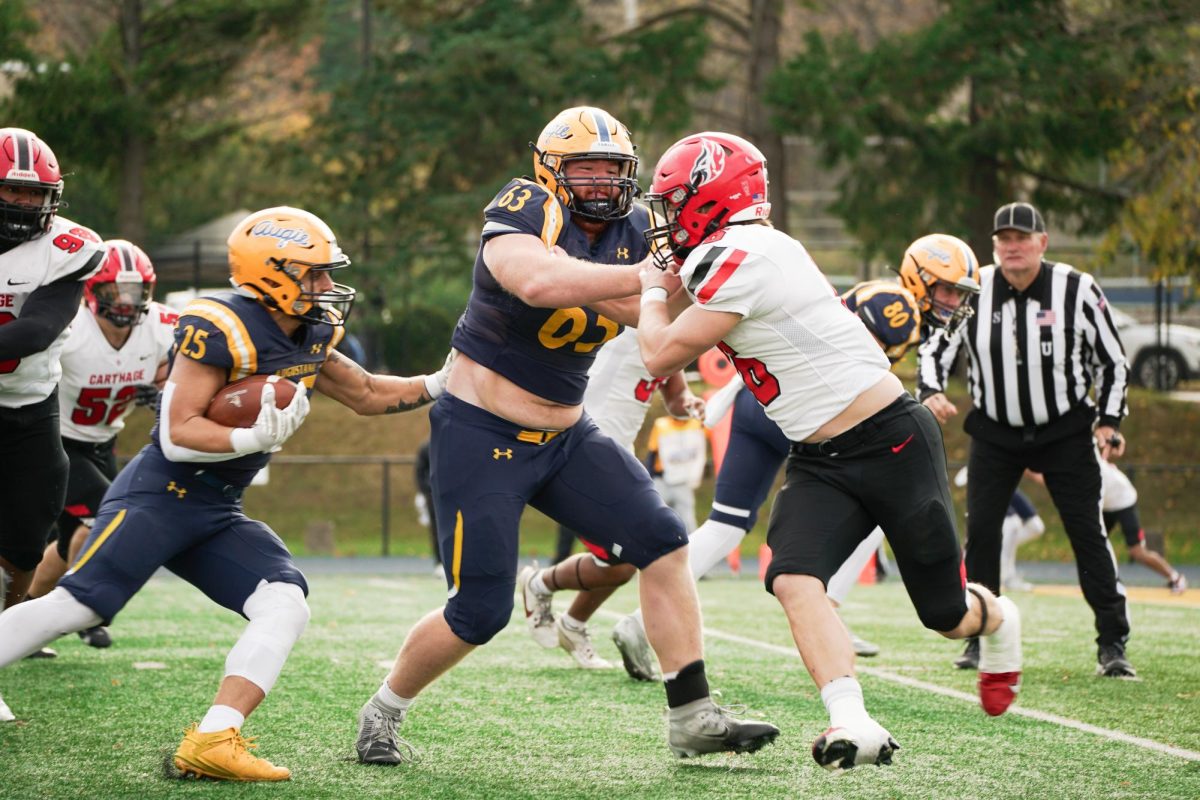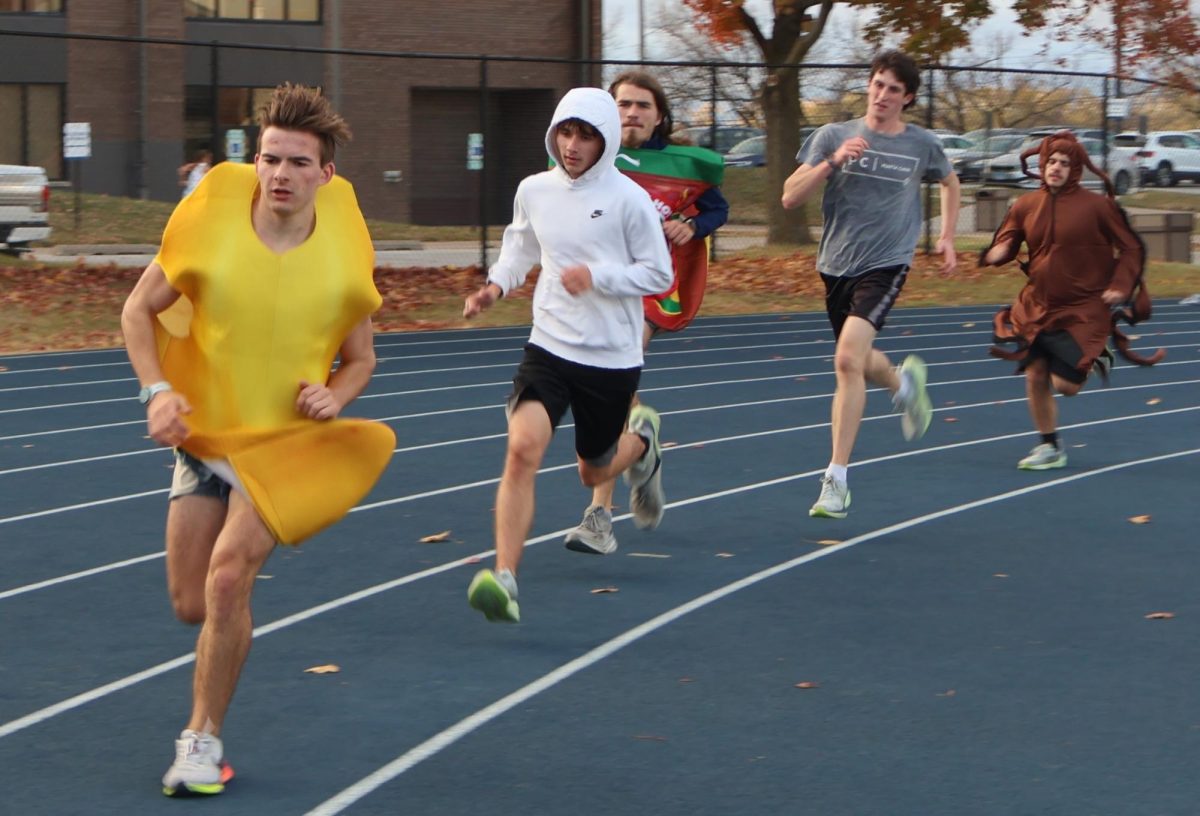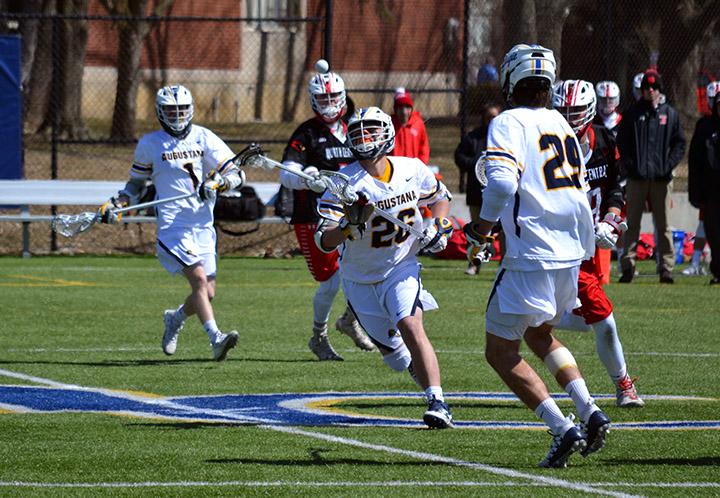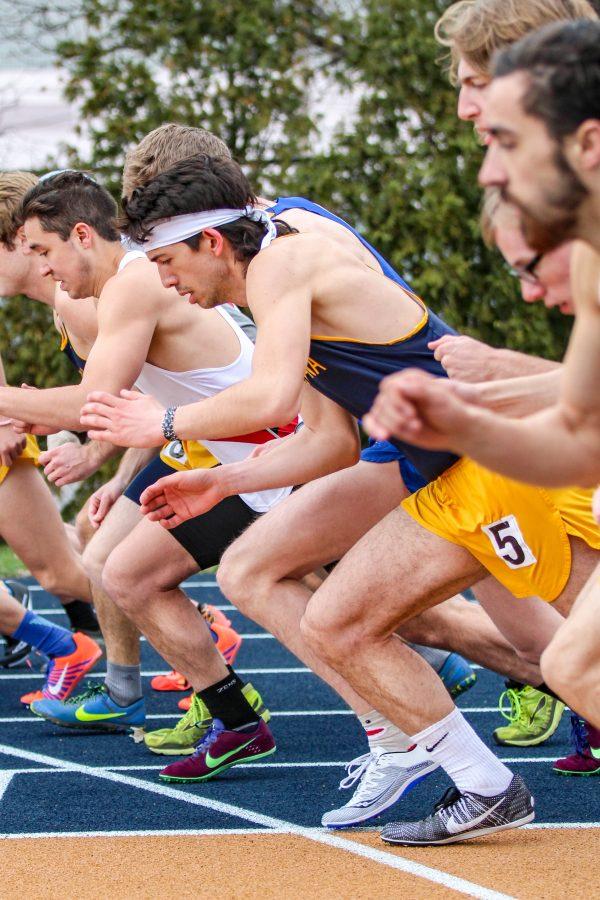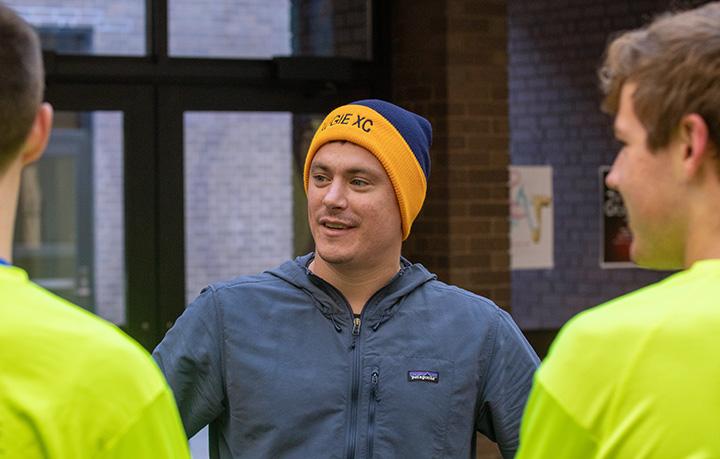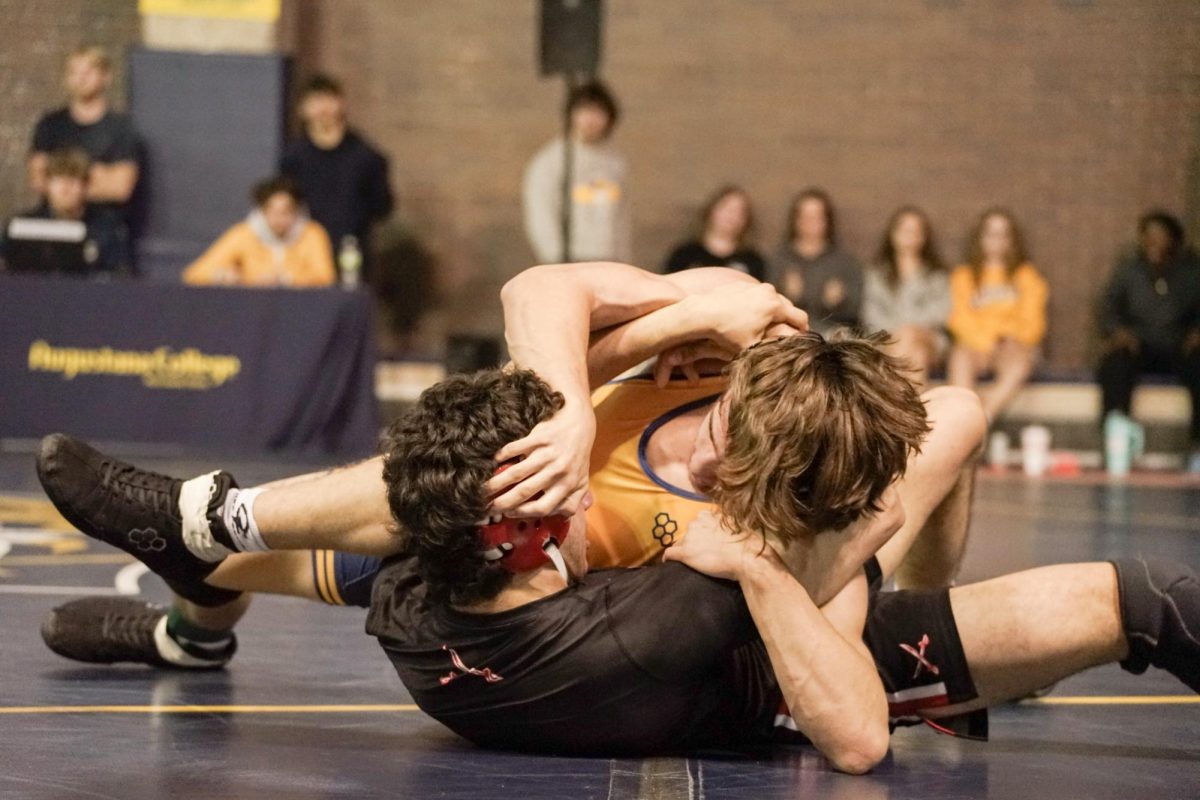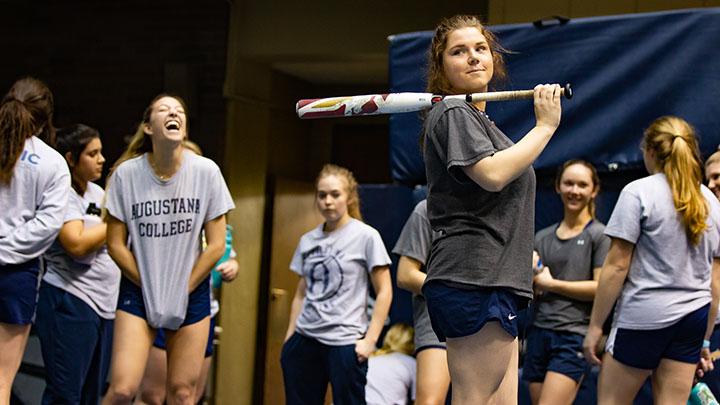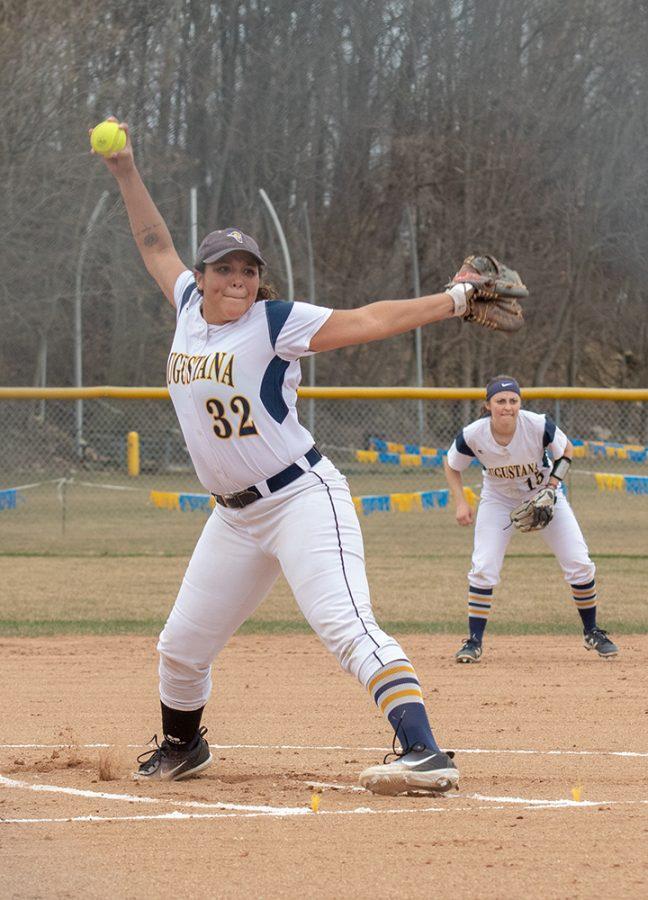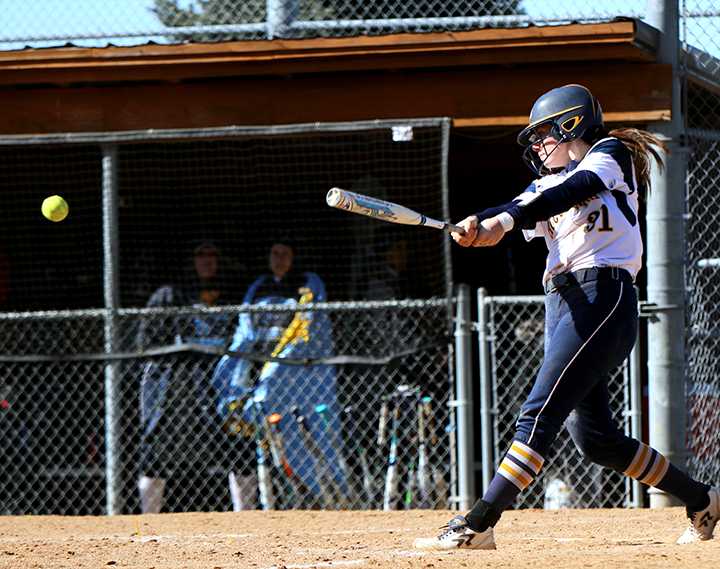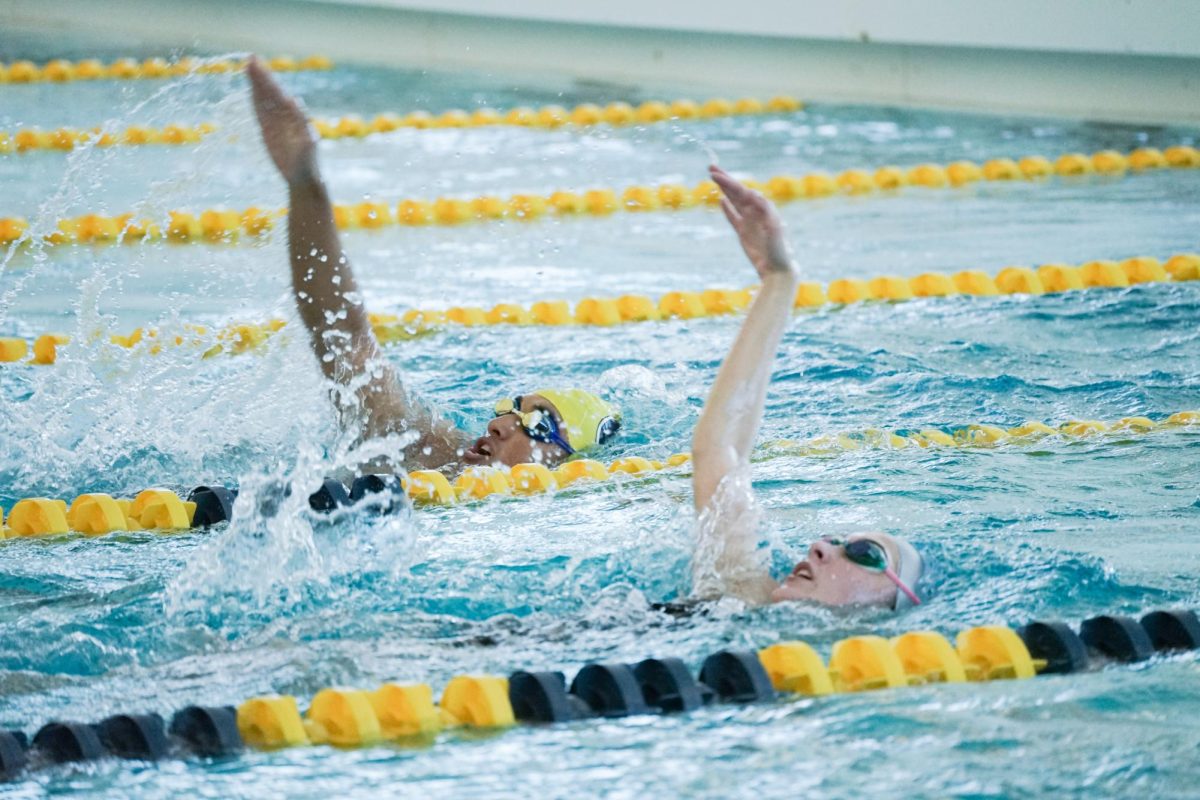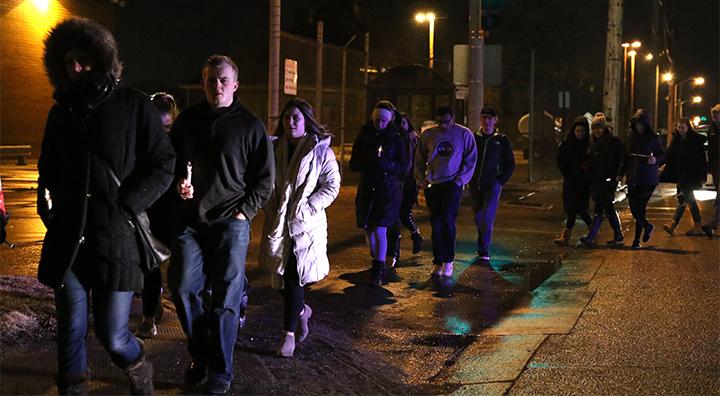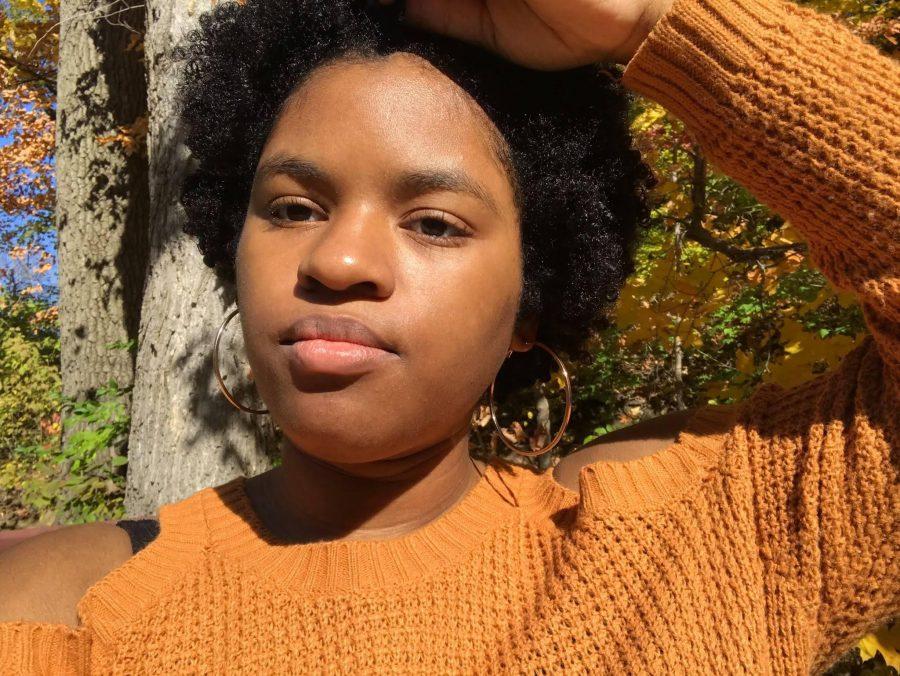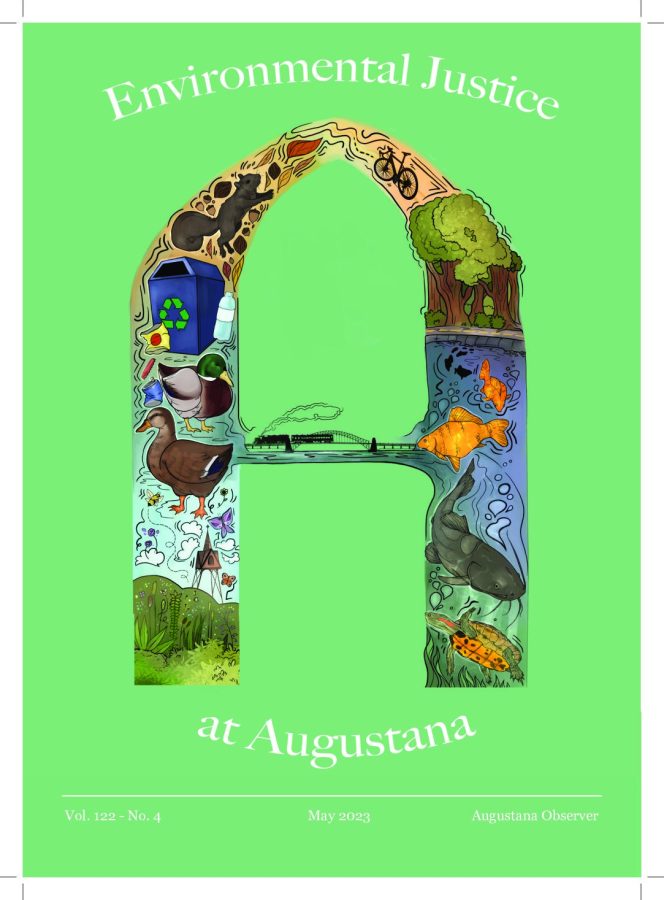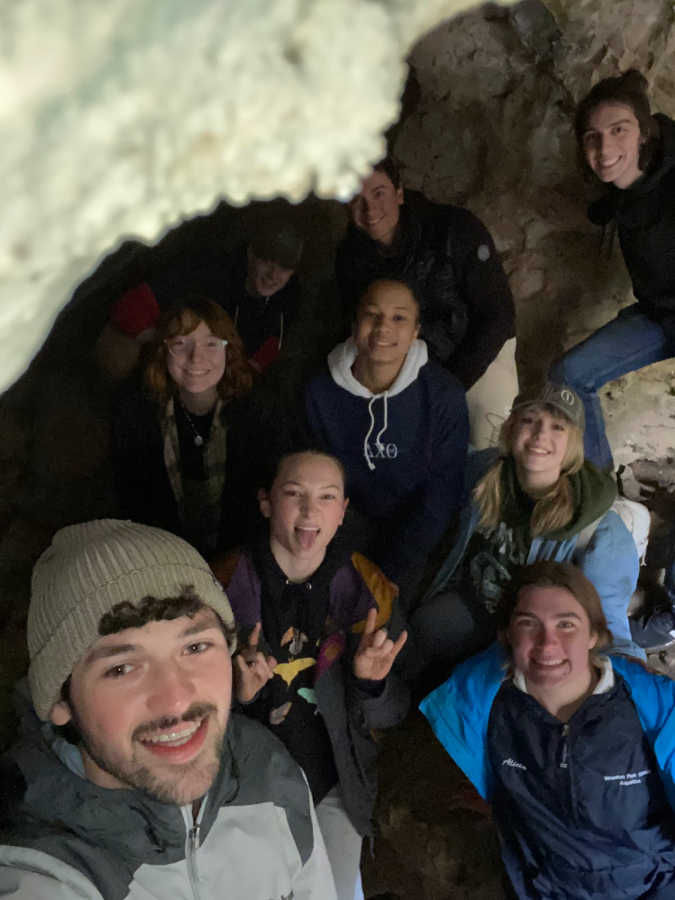While it may not seem like it now, eventually we will no longer be living in the constant shadow of COVID-19. When influenza makes its scheduled yearly appearance, would you think it wise to wear a mask when in public? I would.
In April, when the CDC recommended that Americans wear masks in public, most of us were unfamiliar with the practice. I had seen pictures of people wearing masks in hazy East Asian cities, plagued by air pollution, or during the regular flu season. But I had never given much thought to wearing one myself.
One reason why I had never truly considered wearing a mask was that I would be stared at in public. Quite simply, it was not socially acceptable here in the United States. But now that mask-wearing has been mandated state-wide in all but 17 states, I argue that it has become socially acceptable.
Or has it? In many minds, mask-wearing has become a partisan issue. For example, wearing a mask at a Trump rally is verboten. For some it is a matter of personal independence, not wanting the government to tell them what to do. For others, it’s disbelief in the effectiveness of mask-wearing. And for others still, it is simply disbelief in the severity of the pandemic.
The strong belief in personal independence in this country is now openly facing off against an all-in-this-together community approach. Wearing a mask prevents me from sending droplets from my breaths, which could carry contagion, to you. How well my mask works to protect me is largely dependent on whether the people around me are also wearing masks.
At the beginning of the pandemic, there was a lot of debate about the efficacy of herd immunity: the idea that if a certain percentage of the population is infected and survives. Thus gaining – at least temporarily – immunity, then the larger population will be more protected against surges in infection. Sweden, unfortunately, showed the world that the herd immunity approach would not yield these results.
But mask wearing plus social distancing can give us a kind of herd protection by not allowing the virus to spread freely from person to person. Wearing a mask is beneficial for the community, and a one-for-all and all-for-one mentality. We should all be willing to don a mask for our own and others protection.
There is a lot of skepticism, however, as to the possibility of a widespread community-first mentality. American individualism may make it impossible for mask wearing to continue to be in vogue after COVID-19.
In many other developed countries, there is stronger belief in the common good. One ever-salient example is health insurance. When many people pay into an insurance fund, the individual is able to benefit alongside the communal benefit. In many other countries, healthcare is supplied by the government as part of a single-payer system. But the US has shown that a single-payer system would not be acceptable to a wide swath of the population.
Mask-wearing may be a similar case. If an individual with an individual-first mindset thinks about their wearing of a mask as a service mostly to other people, then they may be more likely to reject mask-wearing. American individualism is making a cohesive response to the virus much more difficult.
In a few years, it is likely that the government – whether local or federal – will not be requiring us to wear a mask during peak flu season. I would still be willing to wear one, and I encourage you to do the same. Take care Vikings!
Photo Above: Sophomore Ivan Fregoso studies in the Thomas Tredway Library Brew on Friday September 11, 2020. Photo by Lauren Pillion.
Categories:
Post-COVID-19, I’ll still wear a mask
September 17, 2020
Sophomore Ivan Fregoso studies in the Thomas Tredway Library Brew on Friday September 11, 2020. Photo by Lauren Pillion.
0
More to Discover









